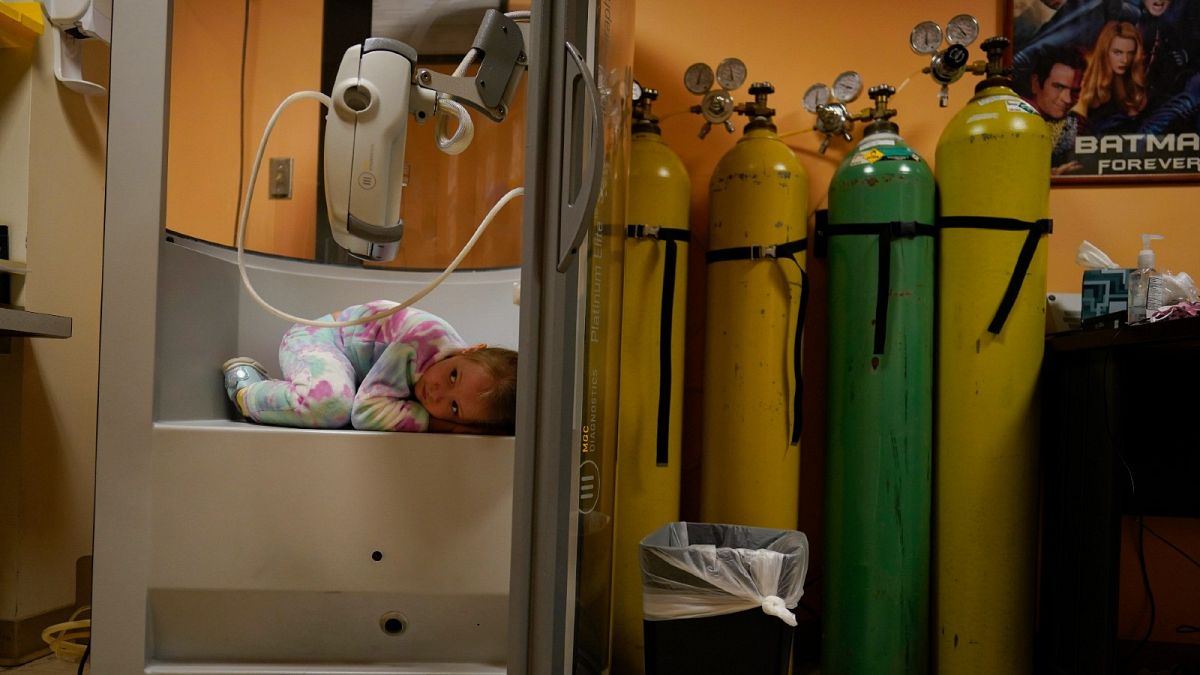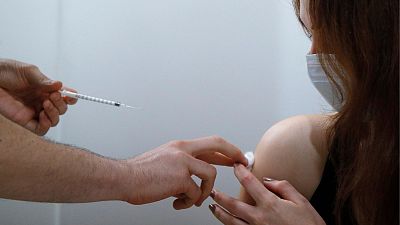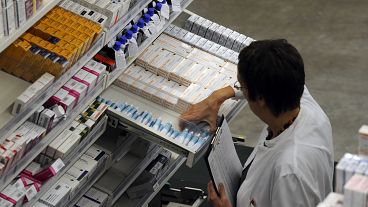Data from more than 80,000 children with COVID suggests a quarter of them had symptoms that lingered for at least 4-12 weeks.
A quarter of children with COVID-19 symptoms develop "long COVID," according to data pooled from 21 studies previously carried out in Europe, Asia, Australia and South America.
Among the 80,071 children with coronavirus in the studies, 25 per cent developed symptoms that lasted at least 4-to-12 weeks or new persistent symptoms that appeared within 12 weeks, researchers reported on medRxiv ahead of peer review.
The lack of peer review at this point means the research should be handled with caution, but the large amount of data it relies on could help shed more light on the symptoms most frequently associated with long COVID.
“Until now, the focus was primarily aimed at the acute phase of the disease,” the study’s authors said.
“However, once the acute phase of COVID-19 is over, many individuals experience months of debilitating COVID-19 symptoms that requires additional medical attention and follow-up”.
What exactly is long COVID?
Severe COVID-19 disease is less common in children than in adults. But existing research shows children can face serious consequences several weeks after infection: multisystem inflammatory syndrome (MIS-C) and long COVID.
MIS-C is a condition where different body parts can become inflamed, including the heart, lungs, kidneys, brain, skin, eyes, or gastrointestinal organs.
It is extremely rare but requires intensive care support in most cases.
Long COVID is a condition for which there is still no precise and definitive definition. It includes symptoms that persist, develop, or fluctuate after getting sick with COVID.
In October 2021, the World Health Organization (WHO) proposed a clinical definition stating that long COVID generally occurs three months from the onset of COVID-19, with symptoms lasting at least two months that cannot be explained by an alternative diagnosis.
What does the latest research say?
The authors found 68 studies on long COVID in children and adolescents. Screening them for quality, and making sure they didn’t overlap, they kept just 21, examining a total of 80,071 youngsters.
Analysing the data to identify trends, they found “more than 40 long-term effects” associated with COVID in children and adolescents.
The five most prevalent were mood symptoms (16.5 per cent), fatigue (9.7 per cent), sleep disorders (8.4 per cent), headache (7.8 per cent) and respiratory symptoms (7.6 per cent).
Other commonly reported symptoms included nasal congestion, cognitive symptoms such as faltering concentration and memory, loss of appetite and altered smell.
The researchers acknowledge it's difficult to yield any firm conclusions using data pooled from many different studies with different methodologies.
However, the data makes it clear that children and teens also suffer physical and mental health consequences derived from COVID, said study coauthor Sonia Villapol, of Houston Methodist Research Institute in Texas.
"Identifying the main signs and symptoms of pediatric long COVID can help diagnose, develop better treatments, create multidisciplinary teams for optimal clinical management, and find risk factors for prevention," she said.
Can we protect children from long COVID?
A growing number of countries have proceeded with vaccinating children against COVID-19 to fight the pandemic, but much more research will be needed to understand whether vaccination may give recipients some protection against long COVID too.
Still, fighting against initial COVID-19 infection is probably a good start - and it can happen very early on in a child’s life.
Breastfeeding is believed to play an important protective role, through the antibodies that vaccinated or infected mothers can transmit to their children in their milk.
A study published on Monday in JAMA Pediatrics found that the mRNA vaccines made by Moderna or Pfizer/BioNTech were most effective at passing a mother’s antibodies on to her baby through breast milk.
For the study, 124 lactating women each provided 17 milk samples over a period of 100 days. The women had received either an mRNA vaccine or a vector-based vaccine from Johnson & Johnson or AstraZeneca.
Nearly all - 96 per cent to 97 per cent - of the women who received both doses of an mRNA vaccine had detectable antibodies in their milk, compared to only 39 per cent of those who had two doses of the AstraZeneca shot and 48 per cent of those who had a the single-dose J&J vaccine.



